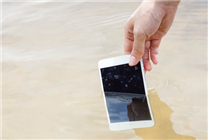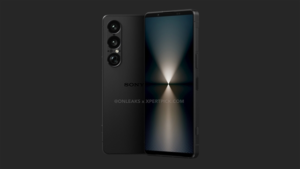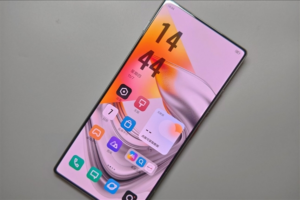How to Handle Water Damage on Your Phone: What Works and What Doesn’t

Most of us have faced the dreaded moment when water gets into our phones. While many modern mid-range phones now come with IP68 water resistance, older models or those without waterproof technology can still fall victim to water damage. A quick internet search might lead you to the common advice of sticking your phone in a bowl of rice to absorb the moisture. But is this actually effective?
In short, no. Many manufacturers have already debunked this as a reliable solution. Here’s a step-by-step guide on what to do if your phone gets wet, along with some common mistakes to avoid.
The First Step: Power Off Immediately
The moment your phone comes into contact with water, turn it off right away. Water can cause a short circuit by creating a conductive path in parts of the phone that are meant to stay insulated. When the phone is powered on, this can lead to a surge in current, generating excessive heat and potentially damaging critical components like chips and circuit boards.
For example, the motherboard in your phone contains intricate chips and circuits that are highly sensitive. A short circuit can cause these chips to detach or burn the copper wiring, leading to irreparable damage. Additionally, the high current flow can corrode metal parts inside the phone, such as battery contacts, which may result in unstable power supply, charging issues, or even complete device failure.
Drying Your Phone the Right Way
After powering off the phone, gently wipe off any visible moisture using a soft cloth. Hold the phone with the charging port facing down and tap it lightly to help drain as much water as possible. Place the device in a dry, well-ventilated area to allow it to air dry naturally.
What NOT to Do:
Avoid using hairdryers, dryers, or any heating devices to dry your phone. High temperatures can damage internal components like the screen, motherboard, and adhesive seals. Heat can also cause water to evaporate too quickly, spreading moisture to other areas of the phone, such as the microphone or charging port, potentially worsening the damage.
Understanding IP68 and Waterproofing Limits
Many modern phones boast IP68 or similar waterproof ratings, but it’s important to understand what these ratings actually mean.
- The “6” in IP68 indicates complete protection against dust.
- The “8” means the phone can survive short-term immersion in water under specific pressure conditions.
However, this doesn’t make your phone invincible. Prolonged exposure to water or high-temperature steam can still damage electronic components. Water vapor can seep through openings like the headphone jack, speaker grilles, or charging ports, leading to issues like reduced speaker volume or screen malfunctions over time.
For Better Protection, Consider Rugged Phones
If you frequently use your phone in wet or humid environments, consider investing in a rugged phone with a higher waterproof rating, such as IP69K. These phones are designed to withstand high-pressure steam and extreme conditions. Many rugged phones also come with a one-year warranty for water damage, offering added peace of mind.
By following these guidelines, you can minimize water damage to your phone and ensure it stays functional longer. Remember, prevention is always better than cure, so handle your device carefully in wet conditions.

Kazam is Focused on creating and reporting timely content in technology with a special focus on mobile phone technology. Kazam reports, analyzes, and reviews recent trends, news and rumors in mobile phone technology and provides the best possible insights to enhance your experience and knowledge.







